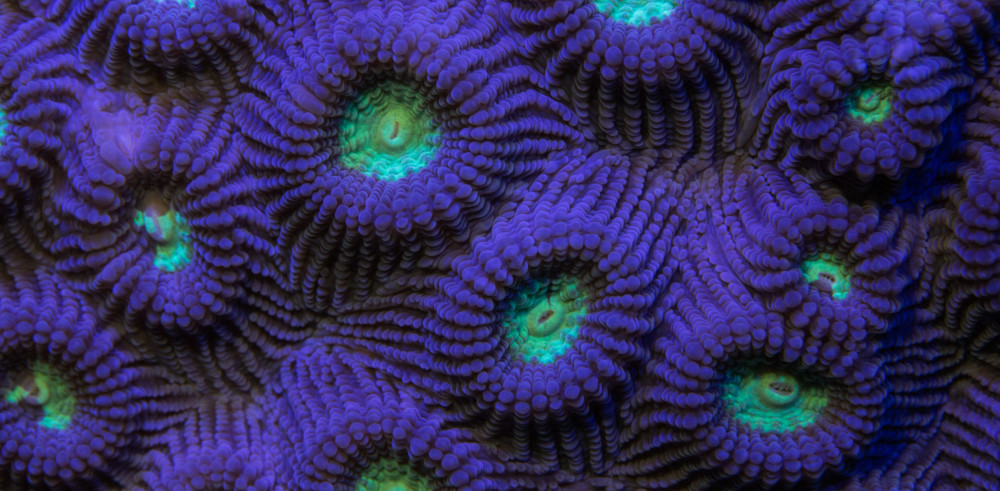Coconut crabs are the largest terrestrial hermit crabs of the Ryukyu Islands. They are scarce on the Island of Okinawa due to over-hunting. They are sold in local fish markets for high prices. The meat of the coconut crab is sought after and considered a delicacy. No conservation programs are set in place to protect this native crab. It is currently listed as data deficient on the IUCN list of Threatened species.
- Scientific name: Birgus latro
- Common name: Coconut crab, robber crab and palm thief
- Distribution: Majority of the Ryukyu Islands
- Habitat: Coastal forest
- Diet: Seeds, fruit and carrion
- Average size: 20-40 centimeters
- Color: Purple, blue or orange
How to tell the difference between a coconut crab and a hermit crab. They look very similar to the blueberry hermit crab at first, but the coconut crab has protective spines near its eyes. Hermit crabs do not have these spines since they have adapted to retreat into a shell to protect their eyes. The coconut crab does not depend on a seashell as it gets larger. I still have yet to find a juvenile coconut crab adapting with a seashell.
Terrestrial hermit crabs live in the coastal forest where the treeline and coastline meet. They are the caretakers of the coastal forest. They mainly feed on plants, flowers, fruits, and seeds in the treeline. They also help disperse seeds in the forest, specifically the screw pine tree seeds.
Pandanus trees with spiky sword-shaped leaves provide a perfect environment for the Coconut crabs to thrive.
A juvenile climbing on Pandanus tree searching for food.
Okinawa’s harsh limestone coastline. The female must make the journey over this rough terrain to lay her eggs in the ocean.
Photographed on a white portable outdoor studio for the Meet Your neighbours project. ( Connecting people worldwide with the wildlife in their community )
In the 1970’s and 1980’s, taxidermy was popular in the Ryukyu Islands. I still find coconut crabs displayed on walls in restaurants and hotels.
Meet Crabzilla! – The most aggressive crab I have encountered on Okinawa. Coconut crabs are fearless and have bone crushing power. You do not want to get caught by the claw, You play you will Pay!!
Meet the Bone Crusher! This monster crab was over four pounds. Do not pick these crabs up if you do not know what you are doing. They can crack bones.
Coconut crabs spend their day hiding in burrows. They venture out searching for food late at night. This juvenile was found crossing the road.
Have a great day! Please consider making a small donation to support my mission.




































































































































